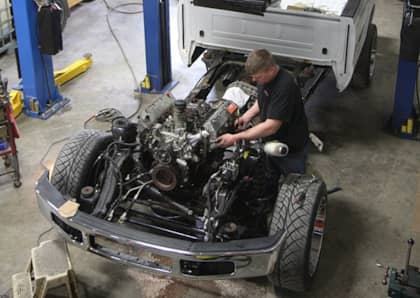Coming Clean: The Future Of Diesel Performance is Accepting Emissions-Friendly Go-Fast Parts
Ten to 15 years ago, aftermarket diesel tuning options were everywhere. At the time, tailpipe emissions weren’t a major concern for the dozens upon dozens of tuners in the calibration business, or for truck owners looking for added performance and what they hoped would be improved reliability. All that’s changed now. Once the EPA’s emissions regulations clamped down on automakers, the federal agency soon began to target independent diesel shops, handing out fines and shutting down the sale of aftermarket “defeat” type devices, which included aftermarket tuning and especially exhaust aftertreatment system deletes. While the diesel industry was slow to respond to the changes everyone saw coming, today more and more diesel-centric companies are turning to emission-intact modifications—and it all starts with emissions-friendly ECM tuning.
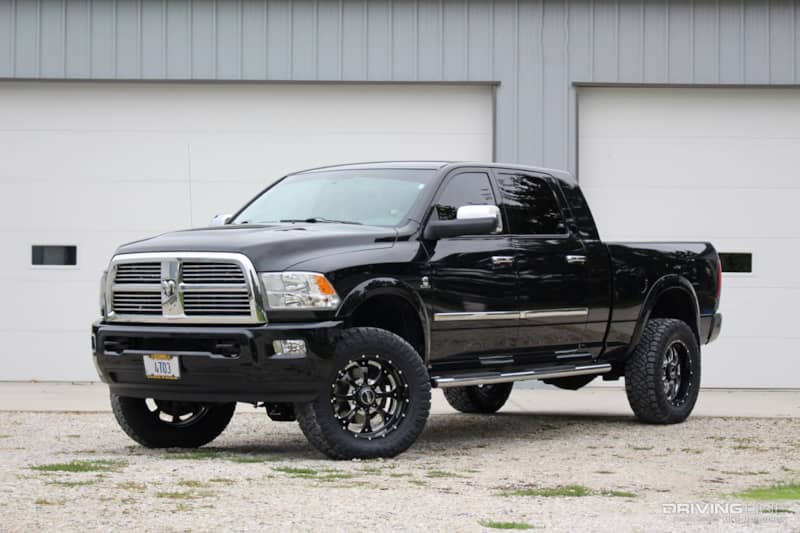
Once it became clear that enforcement of the new diesel emission standards was here to stay, many decided to get out of the emissions tampering game and embrace new, cleaner ways of adding performance to late-model oil burners. What the industry has learned is quite impressive. For instance, big horsepower gains can be made with a late-model diesel’s DPF (diesel particulate filter) still in place—a component that is often assumed to be overly restrictive. Better EGR (exhaust gas recirculation) systems and the addition of SCR (selective catalytic reduction) have also begun to make the leery less worried about emissions equipment failures. The timing couldn’t be better for both aftermarket companies and diesel truck owners, as the future of diesel performance will be based around making clean, efficient and (most important) legal horsepower.
DPF-On Tuning (6.7L Cummins)
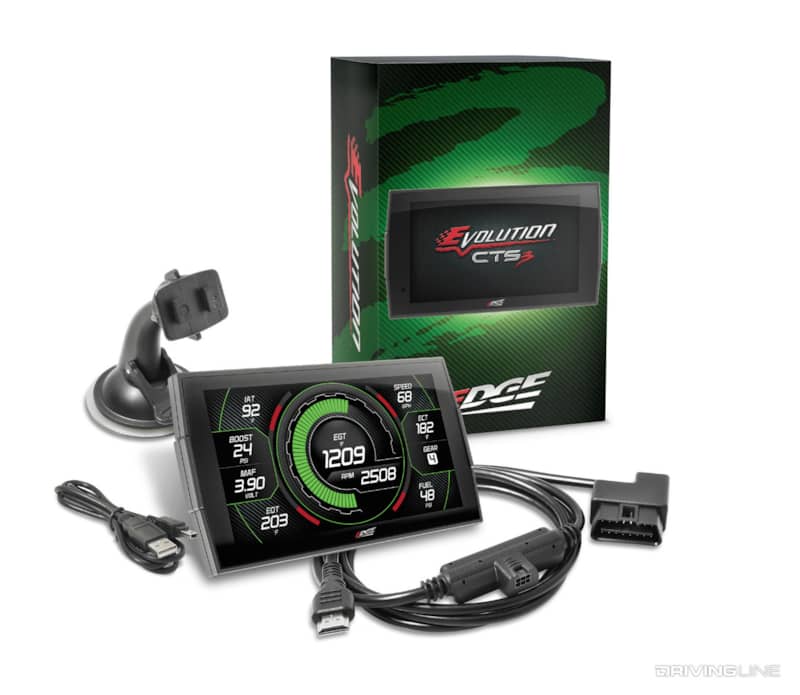
Adding horsepower to your diesel in the modern age must be done cleanly, which means leaving all emissions equipment intact. First and foremost, leave the DPF alone. Companies that’ve invested big money in DPF-on tuning are constantly making improvements, in both performance gains and reliability, without having to remove the soot collecting device in your ’07.5-present truck’s exhaust aftertreatment system. On top of that, many household names in the diesel industry now offer CARB-legal tuning products with E.O. numbers. Edge Products has been at the forefront of showing what DPF-friendly tuning can do. In the case of an early 6.7L Cummins-powered Ram (’07.5-‘12), its Edge Evolution CTS3 adds as much as 95 hp and 270 lb-ft of torque, numbers which actually proved conservative on an ’09 Ram 2500 we tested (we saw gains higher than 110 hp and 310 lb-ft on the chassis dyno…).
DPF-On Tuning (LML Duramax)
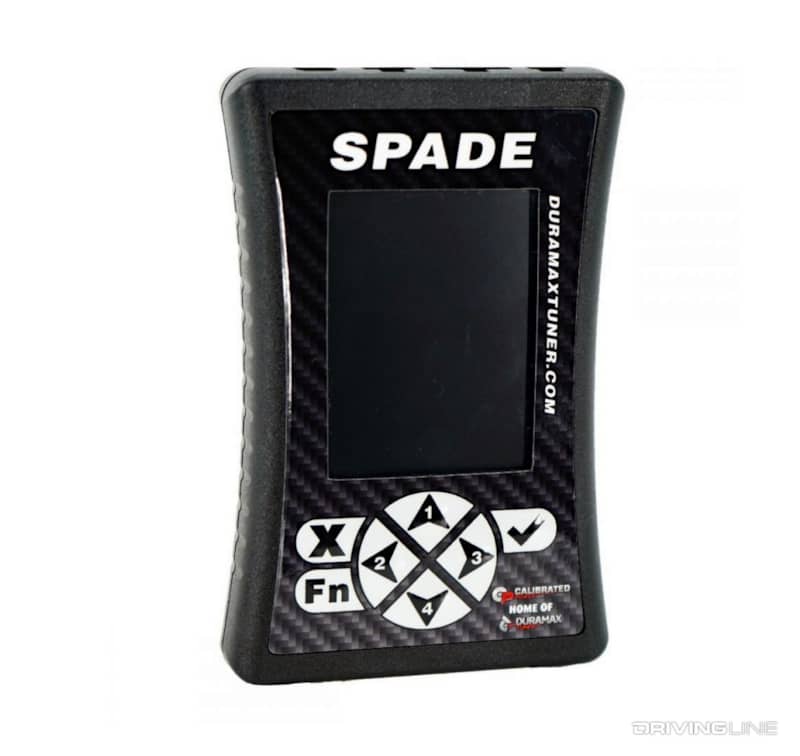
It’s a similar story for the LML Duramax, the 6.6L V-8 diesel that powers ’11 to ’16 model year Chevrolet and GMC 2500 and 3500 HD trucks. DuramaxTuner.com has perfected its DPF-on calibrations for these machines and is able to add 135 hp and more than 240 lb-ft of torque over stock without the need to delete any emissions-related equipment. What’s more is that the company’s “light tow” and “heavy tow” tunes are specifically built to limit soot production. This is accomplished by optimizing the engine’s air/fuel ratio. In the process of keeping things clean and reliable, up to an additional 55 hp and 99 lb-ft of torque is available on these milder performance calibrations.
Don’t Fear Your Diesel’s Emissions Equipment
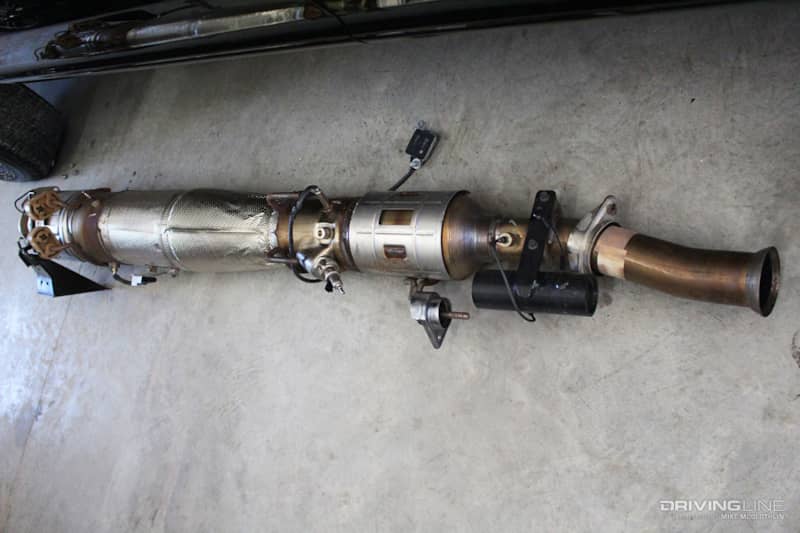
The emissions-fighting equipment on a diesel truck has come a long way since EGR was first introduced back in 2004 to meet lower, federally-mandated NOx requirements. And DPF (and even SCR) technology has come a long way as well. Trust us, you can keep your DPF, SCR and EGR and still make considerable horsepower. As proof that newer emissions equipment has been vastly improved, take a look at the LML Duramax. The DPF found behind this engine (’11-‘16) is twice the size of the unit found on the LMM (’07.5-‘10), which is to say that DPF regeneration (regen) cycles—the self-cleaning mode that burns off accumulated soot in the DPF—are less frequent. On top of that, the LML’s regen cycles don’t hinder fuel economy nearly as much as the LMM’s did, with regen events only dropping mpg between 2 and 3-percent, on average.
EGR: How To Keep It Alive
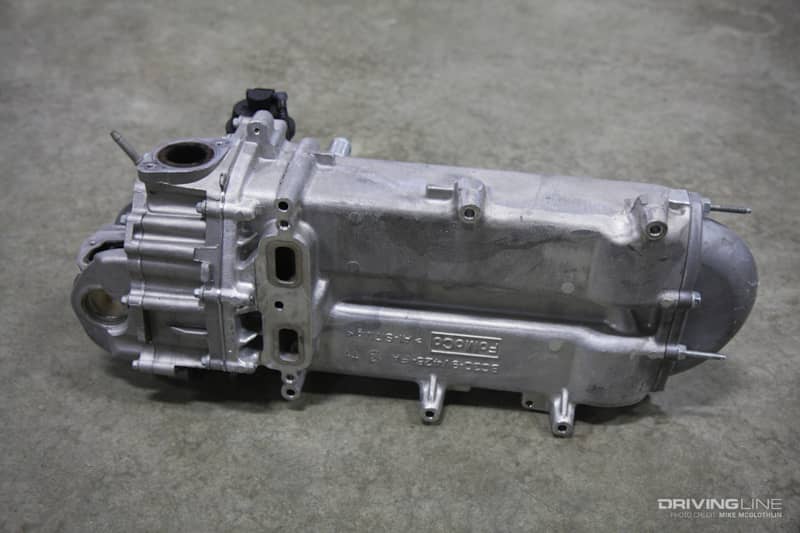
Despite what the pro-delete crowd would have you believe, the latest EGR systems are as perfected as they’ve ever been on The Big Three’s diesels, and the components within them don’t fail nearly as often as they used to. EGR valves with stronger electric motors, hot-side EGR valve placement, larger EGR coolers, dual EGR cooler systems and even EGR cleaning intervals have improved the reliability of exhaust gas recirculation. In newer diesels (’11-present Power Strokes and Duramax’s, ’13-present 6.7L Cummins), SCR and the diesel exhaust fluid (DEF) that the system requires has made life easier on the EGR system, too. This is because both the EGR and SCR systems work to control NOx levels, so the two complement each other and share the NOx-curbing workload.
DPF: How To Keep It Alive
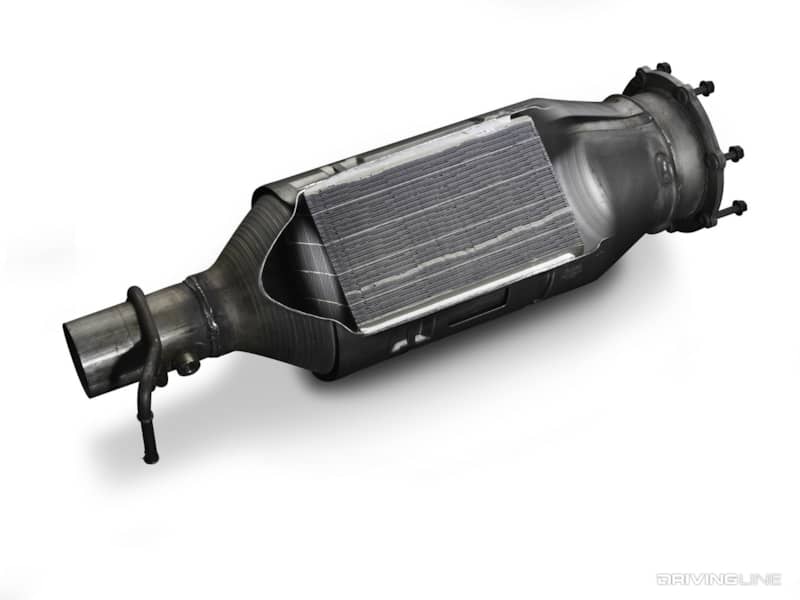
The trick to keeping the DPF alive in a tuned or higher horsepower application depends a lot on the type of calibration you’re running. Heavy fueling (“dirty”) tuning is going to lead to excessive unburned fuel (particulate matter) and in turn provoke more frequent DPF regeneration cycles. Refined, precise, clean tuning that keeps regen intervals similar to stock or (even better) decreases their frequency is important. As a general rule of thumb, all out performance calibrations will yield higher PM production, potentially triggering more regen cycles and should be reserved for the track. And as for DPF cleaning, although regen cycles oxidize the solid particulate matter trapped in the DPF, ash is inevitably left behind. Eventually, this ash will have to be dealt with (i.e. cleaned out).
DPF Cleaning
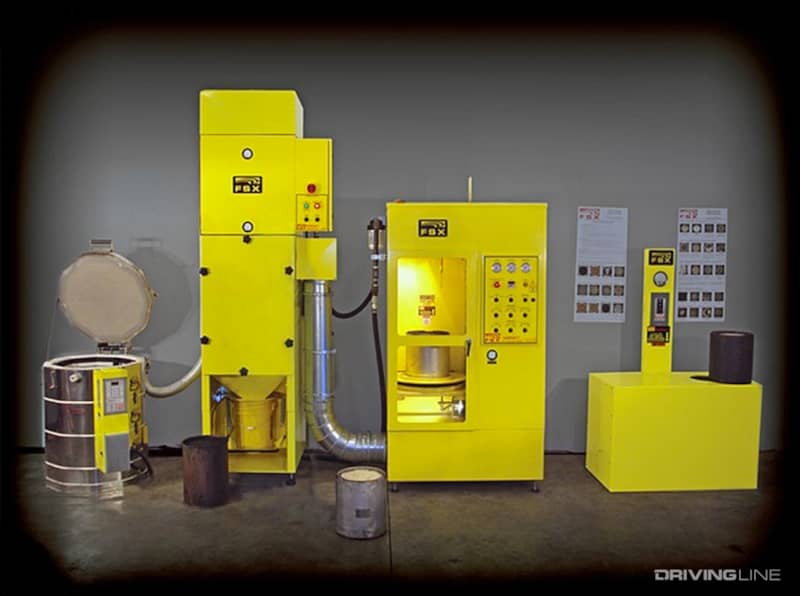
To rid the DPF of ash and ensure full life expectancy, proper cleaning equipment should be employed. This is a TrapBlaster DPF cleaner from FSX Equipment and it’s parked at Scheid Diesel Service. Scheid is a company widely recognized for the mechanically-injected, 3,500hp Cummins engines it builds for the truck pulling world, but as a shop that also services road vehicles and farm equipment owner Dan Scheid realized the need for DPF cleaning some time ago. Through the use of extreme airflow and high pressure, bi-directional scanning air knives and an ability to clean both sides of the DPF, this piece of machinery helps Scheid save its customers thousands over having to replace the DPF in their truck, tractor or semi.
Performance DPFs
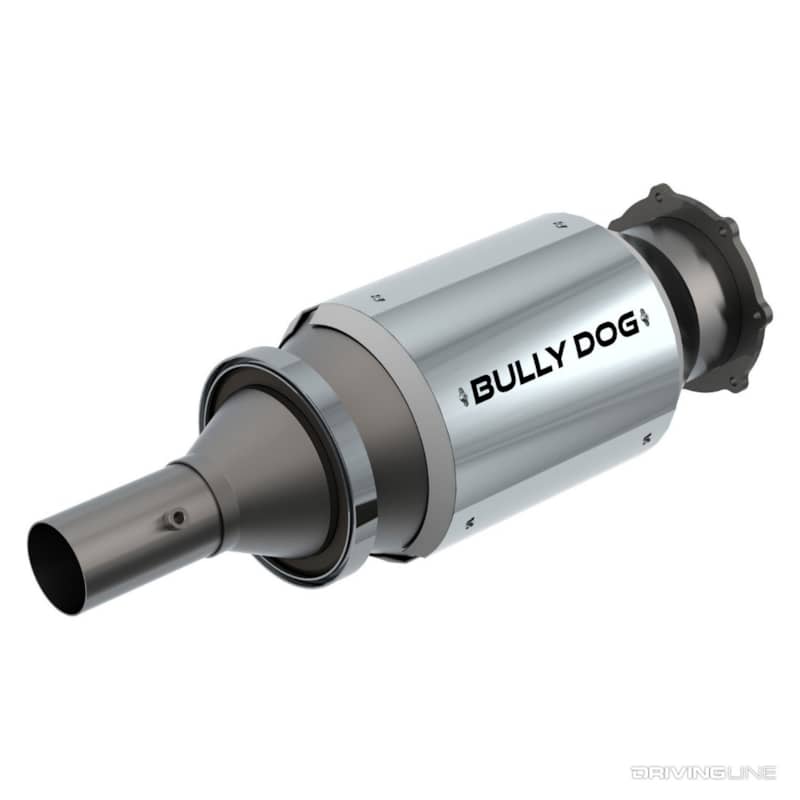
While we don’t know of any available at the present time, performance DPF’s have been attempted in the past. Most recently, Bully Dog manufactured a high-flow DPF for the 6.4L Power Stroke with the promise of lower EGT, decreased back pressure and 21-percent more airflow. At the present time, GDP Tuning offers one for ’17-’19 versions of the L5P Duramax. Regardless of the “flow” aspect of one, a higher capacity DPF might be more important, as slower soot accumulation would mean more time between regen intervals and less cleanings. As the diesel industry moves more and more in the direction of leaving factory emissions systems alone, look for the high-flow DPF idea to make a comeback.
Competing And Winning With Emissions In Place
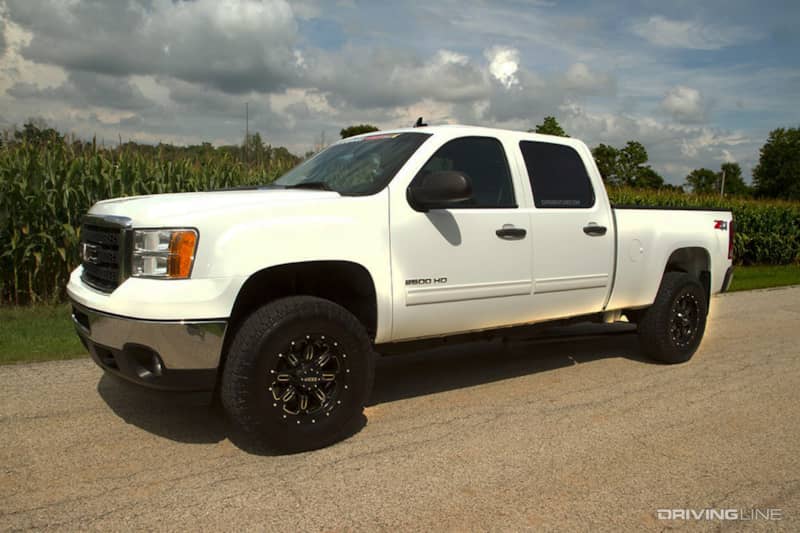
Think an emissions-friendly diesel can’t compete? A few years back, the folks at DuramaxTuner.com had the foresight to gear-up for a world where DPF-on mods would be the sole means of adding performance to a street-driven diesel. To showcase what could be done with emissions equipment intact, an LML Duramax-powered GMC was fitted with the company’s ECM and TCM calibrating, its DT750 built Allison transmission, its Stealth 64mm drop-in turbocharger, a FASS low-pressure fuel supply system, an ATS twin high-pressure fuel pump kit and 35-inch Nitto Terra Grapplers. The factory EGR, SCR and DPF systems were all left untouched. Guess what? After making 617rwhp and 1,270 lb-ft of torque on the chassis dyno the HD Sierra dominated the local 8,000-pound Stock Diesel truck pulling category. The truck was appropriately named Clean Sweep.
Need a refresher course in diesel emissions technology? You can read up on all of those environmentally-friendly acronyms you forgot about right here.
More From Driving Line
- Need a refresher course in diesel emissions technology? You can read up on all of those environmentally-friendly acronyms you forgot about right here.







